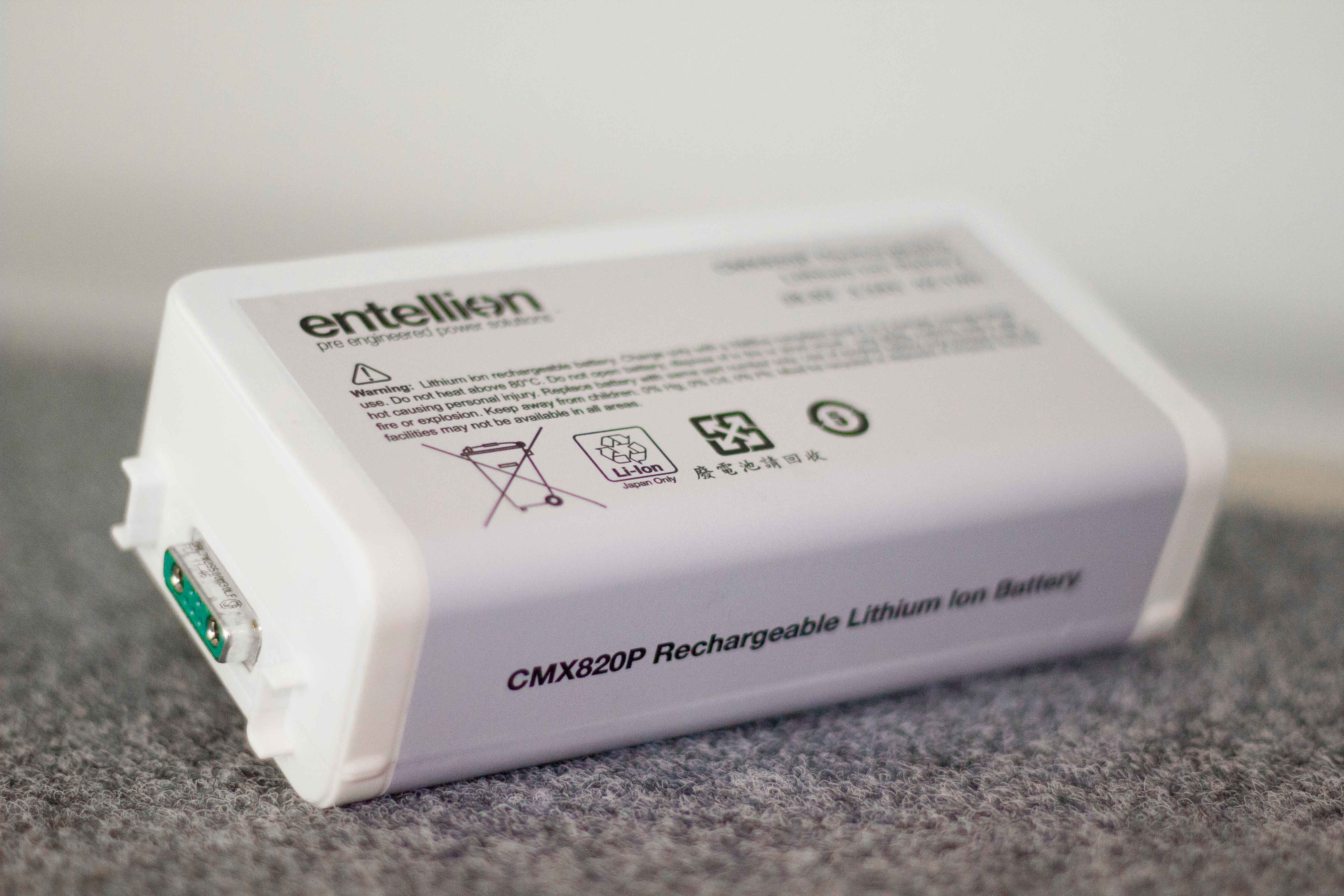Powering the portable age of medical technology
Rob Phililips, managing director of Accutronics, explores the origins of the Li-Ion batteries and chargers specifically for the medical market
Recent advances in medicine are producing startling results, from innovations in 3D bio-printing to breakthroughs in transplant surgery. The improvement of patient care remains a driving force, evidenced in the rapid growth of the portable and transportable medical device market. The new wave of devices are compact, lightweight and, crucially, no longer restricted to a mains power supply.
Over two years ago, Accutronics conceived the idea of the CMX Series, a range of lithium ion batteries and chargers. During the research stage the company realised there was an opportunity to create a range of rechargeable batteries and chargers that could deliver safe and reliable energy to portable and transportable medical devices.
Based on market requirements, the company developed a product range that would meet the increasing demand for high energy density and high power discharge, without compromising safety and reliability for life-critical applications.
Portability
One of the key points was the potential social benefits. Mobile technology is used in and outside of hospitals. During patient transfer, transportable devices are used to monitor or treat patients on life supporting machines.
A CMX can be used as a main or secondary battery, offering greater security for patients and guaranteeing the power supply throughout the transfer process. It also protects against mains power loss. Hospitals are able to perform routine power management checks without having to remove the medical device from service using the smart charger that accompanies the CMX battery.

Figure 1: The CMX battery series has smart features for power management and protection
In addition to clinical setting applications, personal portable devices are widely used to treat patients in the home, improving the patients' quality of life and reducing health service costs.
Economies of scale
A further consideration was the economic benefits of the concept. Working closely with medical OEMs, the company was able to appreciate the pressure many are under, due to the rising global demand for hi-tech portable devices such as acute ventilators and anaesthesia workstations.
In Europe there are around 600 medical device OEMs. Smaller manufacturers do not have the resources to develop bespoke battery systems for devices. For these companies, the CMX series offers considerable economic benefits as the technology is adaptable, meaning that the battery system development and qualification costs are reduced and the development cycle is shortened. OEMs are able to focus attention and budget on core skills, such as the design and development of the medical device itself.
Transport regulations
The batteries have been designed to meet stringent regulations and comply with the relevant transport regulations, which exists to mitigate the risk associated with the transport of such energy dense cargo. They also comply with international safety standards required for batteries used in medical devices.

Figure 2: Adaptable technology offers economic benefits to OEMs
Part of the Entellion range, the CMX series is available in three versions, using eight, 12 or 16 18650-sized cells, with continuous discharge rates of up to 300W. There are two voltage options: 28.8V, which operates between 20.0 and 33.6V, and 14.4V, which operates between 10.0 and 16.8V.
The CMX420E and CMX810E are for devices that require the highest amount of energy in the smallest volume, and where discharge current is low. CMX440P and CMX820P are designed for devices that draw very high levels of power.
When energy density is important but high power discharge is also necessary, the CMX420M, CMX430M and CMX810M offer a balance between size and power capability. Two chargers are also available - an internal single channel charger and an external dual bay desktop charger, which can also be used for battery calibration.
Smart features
To meet the needs of feature-rich devices in professional markets. Smart features of the CMX series include active and passive protection circuits that prevent over-temperature, over and under-voltage, overload and short circuit.
Smart power management means the battery only requests charge when needed and shuts down when it is not being used. Accurate run time prediction is possible to within 1% through an impedance tracking fuel gauge which also provides a bar graph indicator for battery capacity through the use of an LCD.
Another smart feature was specifically developed to target the growing problem of counterfeit batteries. The question is not whether you own any counterfeits, but how many. Recent estimates by IHS, show that over 10% of all electronics in the global supply chain are counterfeits. From entirely cloned products, to devices with sub-par internal components, counterfeiting costs the electronics industry around $100 billion in product sales and is showing no signs of slowing down.
Initially developed in the USA, algorithmic security uses computer cryptography to ensure that only authorised batteries can be used in any given device. By building this smart feature into the battery, OEMs can improve the traceability and accountability of a medical device's power supply in the field.
Advancements in medicine and the changing nature of healthcare are driving the need for products to be innovative, at a time when OEMs are under pressure to cut costs and increase the value in each product they sell.

Figure 3: Rob Phillips, managing director, Accutronics










